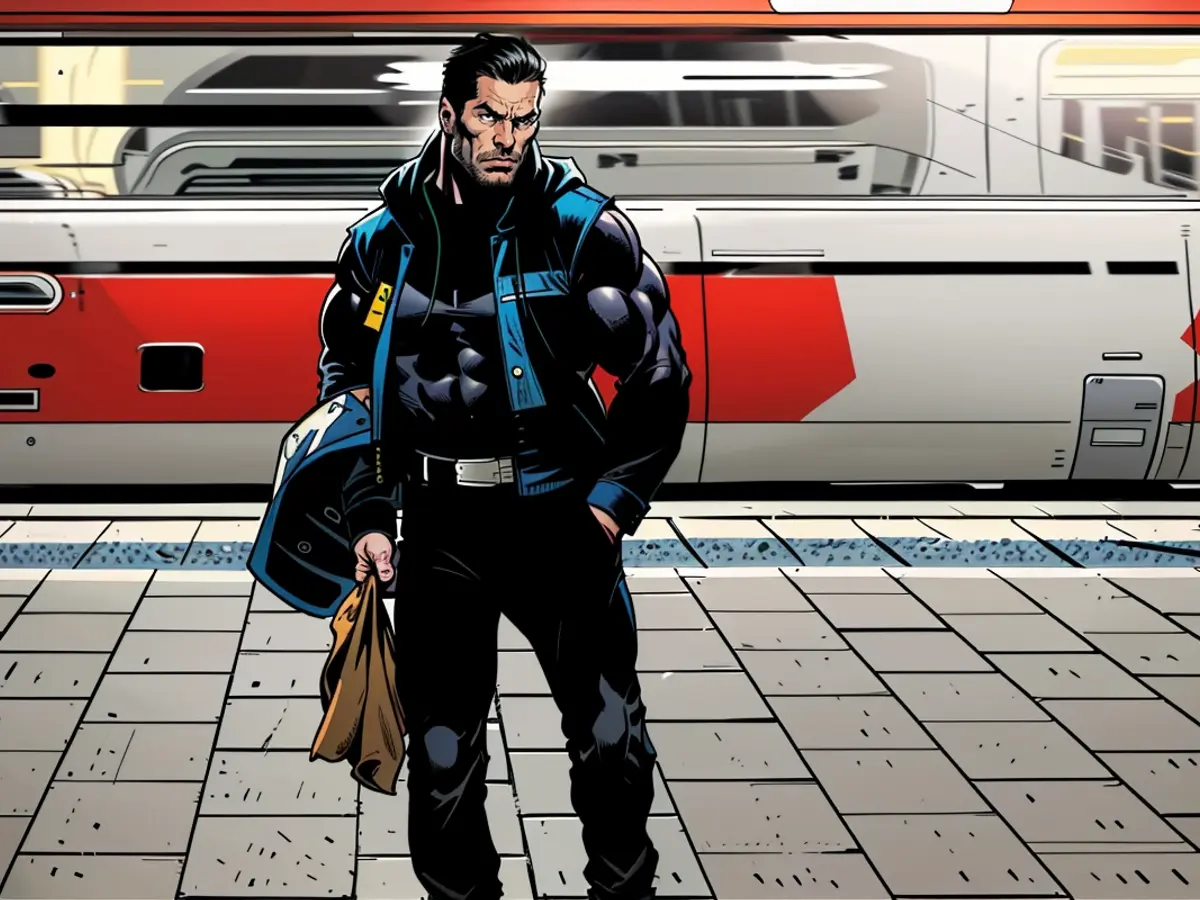- Subway trains with stopwatch on regular lines
Since abandoning minute-precise departure times, S-Bahn trains on Munich's main line have been departing on the minute more frequently. Within half a year of implementing flexible scheduling, the share of S-Bahn trains departing exactly on time at stations on the chronically overloaded route through Munich's city center has increased by more than one fifth, a spokesperson said. The project, hailed as unique nationwide, will therefore continue for the time being.
Punctual S-Bahn trains had to wait for delayed ones
With the introduction of flexible scheduling, trains no longer have to adhere to fixed buffer times when entering the main line. This often resulted in punctual S-Bahn trains having to wait at the beginning of the main line for delayed trains.
Now, when a time slot is available, train operators in the control centers send the trains onto the main line. The trains can then depart flexibly within a two-minute window, reducing small delays - even for subsequent trains, which run on the route at an average of every two minutes in both directions.
Stopwatch symbol instead of minute countdown
Since December 2023, passengers at stations between Pasing and Ostbahnhof have been shown a stopwatch symbol instead of a minute-precise countdown on the display boards just before departure. To ensure that passengers relying on the train navigator on their smartphones are also at the platform in time, the times have been adjusted by two minutes to the earliest possible departure time.
The company will examine whether this approach can also make S-Bahn trains elsewhere run more punctually, based on the positive experiences in Munich. However, it must be taken into account that only the main line is equipped with special control technology for the necessary flexibility. Other routes may not have buffer times in their schedules.
"Europe's busiest railway tracks"
The Munich main line is described by the company as "Europe's busiest railway tracks". A large part of the route runs in a tunnel from west to east under Munich's city center. The main line is currently undergoing extensive modernization, with the route occasionally being closed for this purpose.
Due to chronic overloading and susceptibility to disruptions that often affect the entire network, plans for a second main line have been underway for years. The estimated costs for the additional tunnel route, up to 48 meters deep, have risen to at least seven billion euros. Originally, it was calculated at 3.85 billion euros. Preparations for construction began in March 2017. The first trains are expected to run through the tunnels sometime between 2035 and 2037.
The Commission's decision to allow for flexible scheduling on the main line could potentially alleviate the issue of punctual trains waiting for delayed ones. According to the text, the Commission shall adopt implementing acts laying down the rules for the application of this Regulation, which could include provisions for flexible scheduling in congested areas like the Munich main line.








